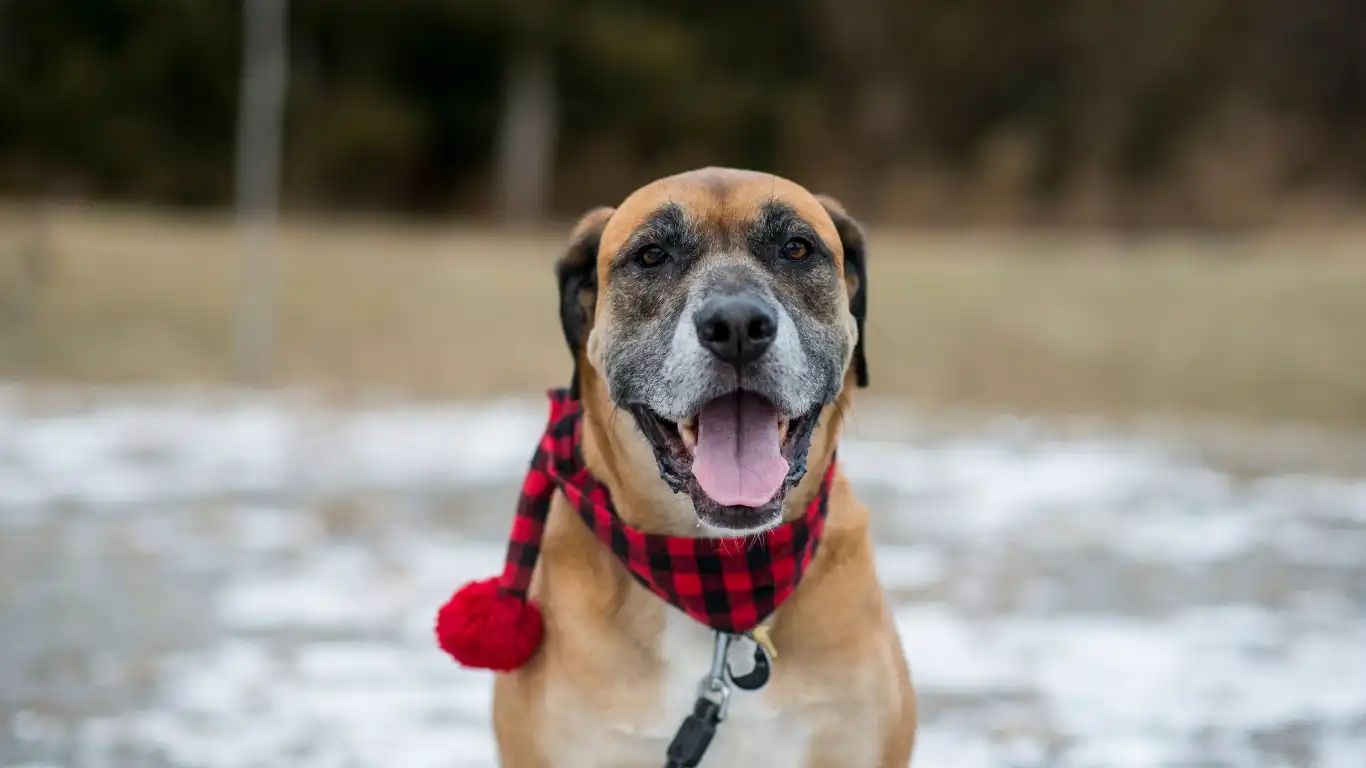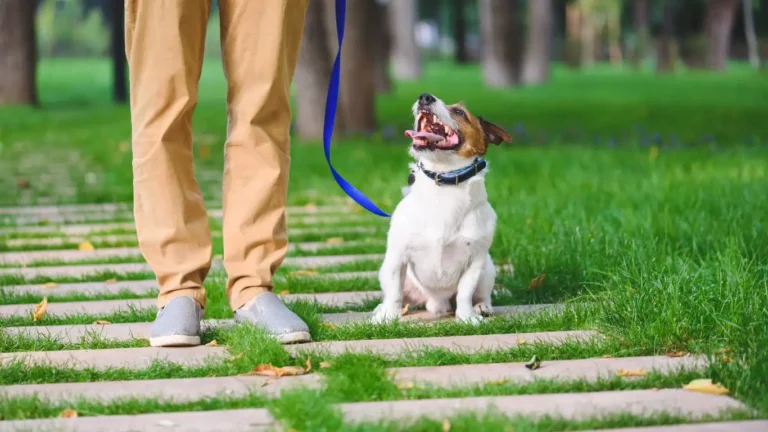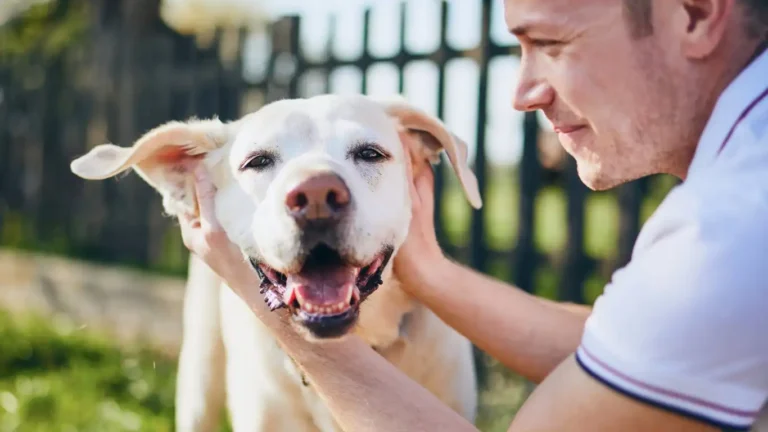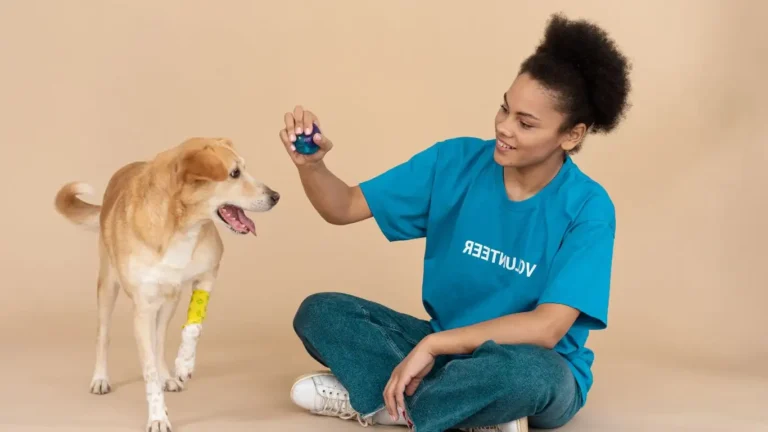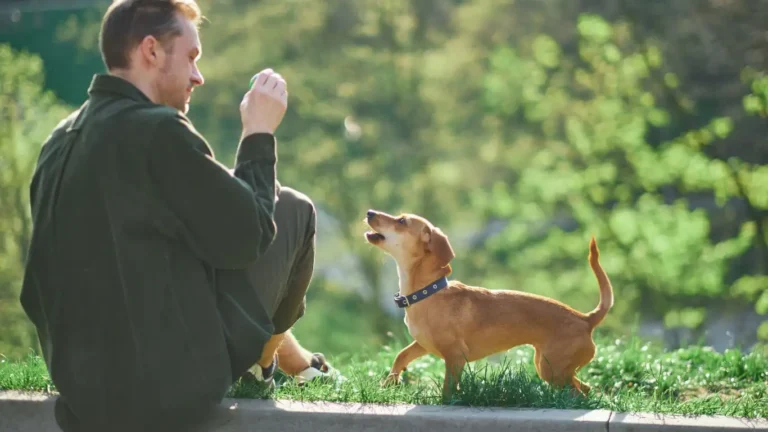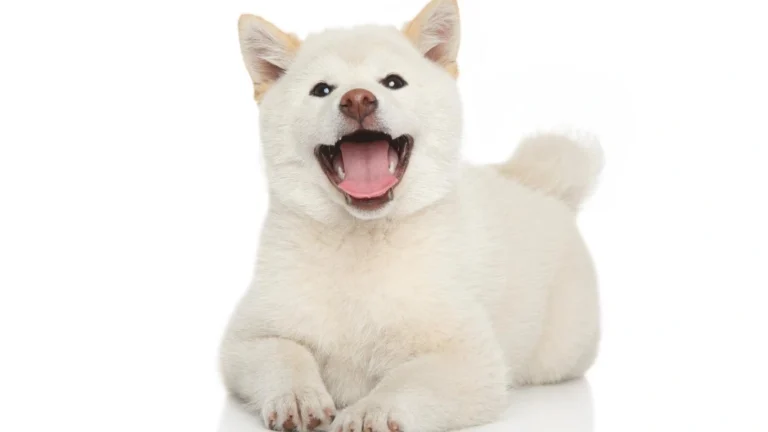How to Calm a Hyperactive Dog Naturally: Simple and Effective Tips
As a Pet Nutritionist and a seasoned pet care expert in veterinary clinics, I’ve seen countless dogs with boundless energy, often leaving their owners feeling exhausted and frustrated. Hyperactive dogs are a common concern among pet owners, and many people struggle with how to calm a hyperactive dog naturally. But rest assured, you’re not alone in this. Over the years, I’ve gathered a wealth of knowledge on the topic and have helped countless dogs achieve a sense of calmness without relying on medications or harsh treatments. In this guide, I’ll be sharing a range of natural methods that can help your energetic dog feel more relaxed and centered, making your life a lot easier and their life more enjoyable!
Understanding Hyperactivity in Dogs
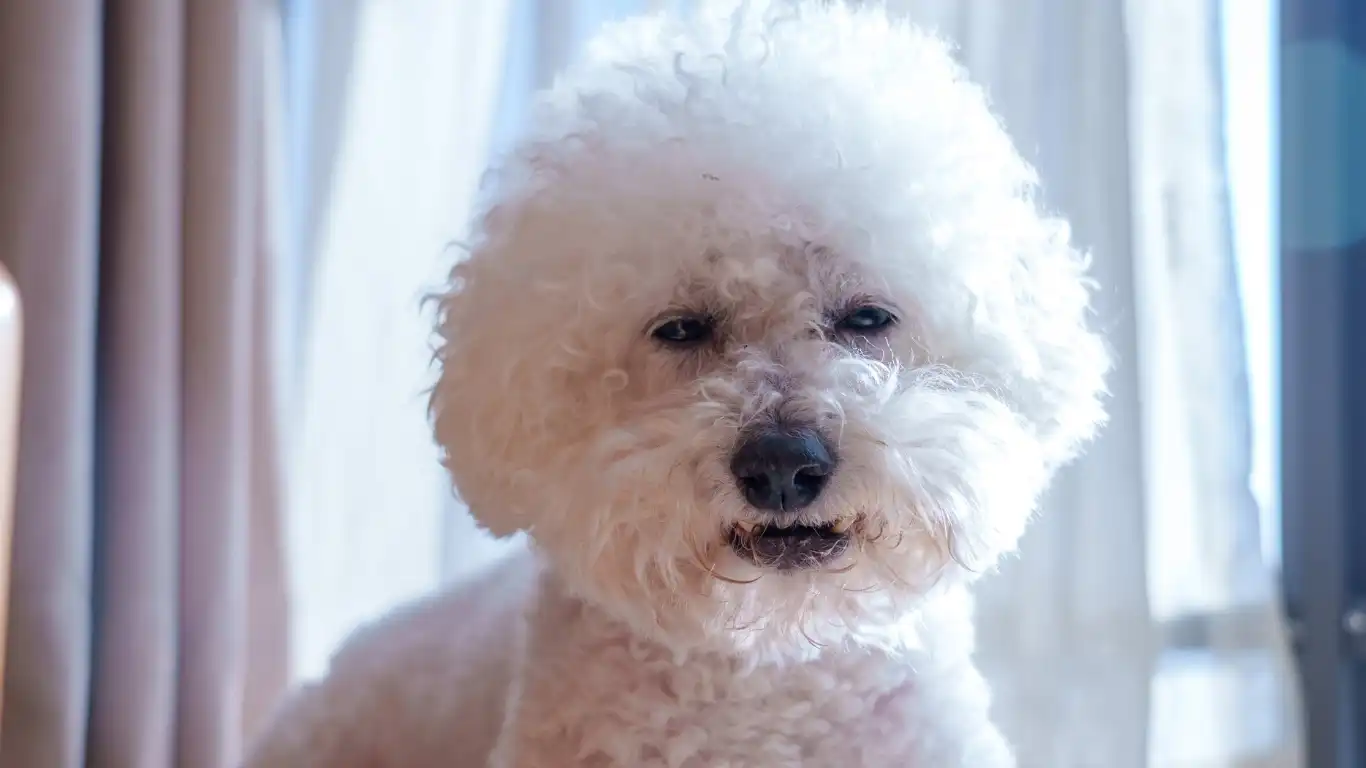
Before we dive into the solutions, let’s first understand why some dogs are more hyperactive than others. Just like people, dogs have unique temperaments and energy levels. Some dogs are naturally more energetic and lively, while others are more laid-back and calm. However, if your dog seems to have excessive energy that’s hard to control, it could be due to several factors, such as:
- Breed: Certain breeds, like Border Collies or Jack Russell Terriers, are known for their high energy levels. They were bred for specific tasks that require a lot of physical activity, so their instincts are geared toward action.
- Age: Puppies and younger dogs tend to have more energy because they’re still growing, learning, and exploring the world around them.
- Lack of stimulation: Dogs that don’t get enough mental or physical stimulation can develop hyperactive behaviors. Just like people, dogs need exercise and mental challenges to stay balanced.
- Stress or anxiety: Just like us, dogs can get stressed out, which might lead to hyperactive behavior. If your dog is nervous or has separation anxiety, they may become overly excitable.
- Diet: A poor diet can affect a dog’s energy levels. Some foods, especially those high in sugar or artificial additives, can cause fluctuations in energy and behavior.
Natural Methods to Calm Your Hyperactive Dog
Now that we know some of the reasons why dogs may be hyperactive, let’s talk about how to calm a hyperactive dog naturally. There are several approaches that can be incredibly effective in helping your dog relax without turning to harsh methods or medications. These strategies can help create a more balanced and peaceful environment for your dog—and for you too!
1. Regular Physical Exercise

The first and most obvious method to help calm a hyperactive dog naturally is through regular physical exercise. Just like us, dogs need physical activity to burn off excess energy. Regular walks, runs, or playtime in the yard can go a long way in helping your dog release their pent-up energy in a healthy way. Here’s how you can structure exercise for your hyperactive dog:
- Morning walks: Start the day with a brisk walk. It helps your dog expend some energy early in the morning, making them less likely to be hyperactive throughout the day.
- Interactive play: Engaging in activities like fetch or tug-of-war can provide both physical and mental stimulation, keeping your dog occupied.
- Agility training: If you have the space, consider setting up a small agility course. Not only will it help with energy release, but it’s also mentally stimulating for your dog.
By incorporating consistent exercise into your dog’s routine, you’ll find that their energy levels start to balance out, making them less likely to engage in hyperactive behavior. I’ve seen firsthand how a well-exercised dog becomes more manageable and easier to handle.
2. Mental Stimulation: Keeping Their Minds Busy
Another key factor in how to calm a hyperactive dog naturally is mental stimulation. Dogs that are mentally stimulated are less likely to engage in undesirable hyperactive behavior. If your dog isn’t getting enough mental stimulation, they might turn to destructive behaviors out of boredom. Fortunately, there are many fun and simple ways to keep your dog’s mind engaged:
- Interactive toys: Toys like puzzle feeders or treat-dispensing balls are great ways to engage your dog’s brain. They’ll have to work for their food, which provides a satisfying challenge.
- Training sessions: Short, positive training sessions can provide mental stimulation while also reinforcing good behavior. Try teaching them new tricks or commands, which can help tire them out mentally.
- Hide and seek: You can play a game of hide-and-seek with your dog, where you hide treats around the house or yard, and they have to find them. This game works wonders for tiring them out mentally!
Remember, a tired mind is just as important as a tired body when it comes to calming your dog naturally. Combining mental stimulation with physical exercise can create the perfect balance, helping to keep your dog relaxed and happy.
3. Aromatherapy and Relaxing Scents
If you’re looking for a more holistic approach to calming your hyperactive dog, aromatherapy could be an excellent option. Certain scents are known for their calming properties, and introducing these to your dog’s environment may help reduce anxiety and promote relaxation. Essential oils such as lavender, chamomile, and valerian root have been shown to help calm dogs. You can:
- Use a diffuser: A pet-safe essential oil diffuser can be used in the room where your dog spends the most time. Just be sure to avoid oils that are toxic to dogs, like tea tree oil.
- Massage with oils: You can also apply diluted essential oils to your hands and gently massage them into your dog’s fur. This can create a soothing experience for your dog.
- Relaxing sprays: There are pre-made sprays available that you can spritz on your dog’s bedding or collar. These often contain calming ingredients like lavender and chamomile.
Aromatherapy is a gentle and natural way to help your dog relax, especially during stressful situations like thunderstorms or when they’re left alone at home.
4. Calming Dog Music and Sounds

One of the more surprising, yet effective methods for calming a hyperactive dog is through music. You might be thinking, “How could music help my dog relax?” But trust me, it works! Dogs have a keen sense of hearing, and certain types of music can have a soothing effect on their anxiety levels and overall energy. In fact, studies have shown that classical music, soft instrumental tunes, and even nature sounds can significantly reduce stress in dogs.
From personal experience, I’ve seen dogs that were once bouncing off the walls become much calmer when exposed to calming sounds. Here’s how you can use music to calm your hyperactive dog:
- Classical music: Classical music, especially compositions by Beethoven or Mozart, has been shown to reduce anxiety in dogs. You can play these tunes softly in the background while your dog is relaxing at home.
- Nature sounds: Sounds like rainfall, birds chirping, or gentle ocean waves can be incredibly relaxing for dogs. There are even albums and playlists specifically made for calming dogs.
- Calming music playlists: Many streaming platforms now offer playlists specifically designed for dogs. You can easily find these and play them on a low volume in your home.
It’s important to monitor how your dog responds to different sounds and adjust accordingly. Over time, you’ll find the type of music that works best to calm your dog’s hyperactivity.
5. Diet and Nutrition for Calmness

As a pet nutritionist, I can’t stress enough how much diet plays a role in your dog’s overall behavior. A well-balanced, nutrient-rich diet can have a huge impact on their energy levels. If your dog is constantly hyper, it could be a sign that their diet is off balance or that they’re consuming too many ingredients that spike their energy levels. Certain foods are known to have a calming effect, while others can trigger restlessness or agitation.
Here are some dietary tips I recommend to help calm a hyperactive dog:
- High-quality protein: Dogs need protein to fuel their muscles and energy, but it’s important to choose high-quality protein sources like chicken, turkey, and fish. Avoid foods with artificial additives, preservatives, or low-quality fillers that may affect your dog’s energy.
- Omega-3 fatty acids: These healthy fats, found in fish oils, can have a calming effect on the brain and help to reduce anxiety. Consider adding a fish oil supplement to your dog’s diet or choose dog food that contains omega-3s.
- Complex carbohydrates: Foods with complex carbs, like sweet potatoes and brown rice, help to regulate blood sugar levels and keep your dog’s energy stable throughout the day. Avoid foods with simple sugars, which can cause energy spikes and crashes.
- Herbs and supplements: There are natural supplements such as valerian root, chamomile, and passionflower that can help relax your dog. These herbs are often found in calming chews or oils. However, always consult with your vet before introducing new supplements.
In addition to proper nutrition, it’s also essential to ensure that your dog is getting the right amount of food at the right times. Overfeeding or underfeeding can also contribute to hyperactive behavior, so it’s important to establish a regular feeding schedule that meets your dog’s individual needs.
6. Establish a Routine and Stick to It

Consistency is key when it comes to managing your dog’s energy levels. Establishing a routine can help create a sense of stability and security for your dog, which can naturally reduce their anxiety and hyperactivity. Dogs thrive on routine because it gives them a predictable structure for their day. When they know what to expect, they feel more in control and less anxious.
Here are a few tips to help you create a calming routine for your dog:
- Set regular feeding times: By feeding your dog at the same time each day, you help establish a sense of order. This regularity can also help prevent the overexcitement that sometimes comes with anticipation of meals.
- Daily exercise and play: As mentioned earlier, exercise is crucial. Try to schedule daily walks or playtime at the same time every day to help your dog burn off excess energy.
- Calm time: It’s just as important for your dog to have time to relax. After exercise, create a calm environment where they can unwind. Whether it’s a cozy bed, a quiet space, or some downtime with you, having a designated calm time will help your dog learn how to settle down.
- Sleep schedule: Dogs need a good amount of sleep to recharge. Make sure they have a quiet, comfortable place to rest and that their sleep environment is free from distractions.
By sticking to a routine, you’re helping your dog know what’s coming next, which reduces stress and hyperactive behaviors. Over time, this predictable structure will create a more peaceful environment for both of you.
7. Create a Safe and Secure Environment
If your dog’s hyperactivity is due to anxiety or stress, creating a safe and secure environment can work wonders. Many dogs become hyperactive when they’re anxious, especially if there are loud noises, unfamiliar people, or other stressors around. By reducing these stressors, you can help your dog feel more relaxed and calm.
- Designate a quiet space: Create a comfortable, quiet place where your dog can retreat when they need to relax. This could be a crate or a designated room with their bed and favorite toys.
- Avoid loud noises: If your dog is sensitive to loud noises, try to keep them away from things like fireworks or thunderstorms. Consider using soundproofing techniques or playing calming music to drown out external sounds.
- Calming products: There are various calming products available, such as anxiety wraps, calming collars, or pheromone diffusers. These products help to create a sense of security for your dog, reducing anxiety and hyperactivity.
In my experience, dogs that feel safe and secure in their environment are much less likely to engage in hyperactive behavior. This creates a calm, stress-free environment where your dog can truly unwind and relax.
8. The Power of Massage and Touch

Massage and touch are incredibly powerful tools when it comes to calming a hyperactive dog. Just like humans, dogs can experience a sense of calm and relaxation through physical touch. In my years of experience as a pet nutritionist and care expert, I’ve found that many hyperactive dogs respond positively to gentle massage techniques. Not only does it relax their muscles, but it also helps to soothe their nervous system, reducing stress and anxiety.
When done properly, a good massage can lower a dog’s heart rate, calm their mind, and provide relief from tension. Here’s how you can use massage to calm your dog:
- Start with gentle strokes: Begin by lightly stroking your dog’s back, sides, and neck. This helps them relax and get used to your touch. Always observe their body language to ensure they are comfortable.
- Focus on the pressure points: Gently massaging areas like the shoulders, ears, and paws can help release tension. You can try using a soft, circular motion to target these areas.
- Use calm, soothing voice: While you’re massaging your dog, speak to them softly in a calm, reassuring tone. Your voice can be as soothing as the massage itself.
- Regular sessions: Try to incorporate massage into your dog’s daily routine. Regular sessions can help them feel more balanced and grounded over time.
Massage therapy not only helps calm a hyperactive dog but can also strengthen the bond between you and your pet. It’s a beautiful, nurturing way to help them unwind and feel safe in your presence.
9. Natural Calming Supplements
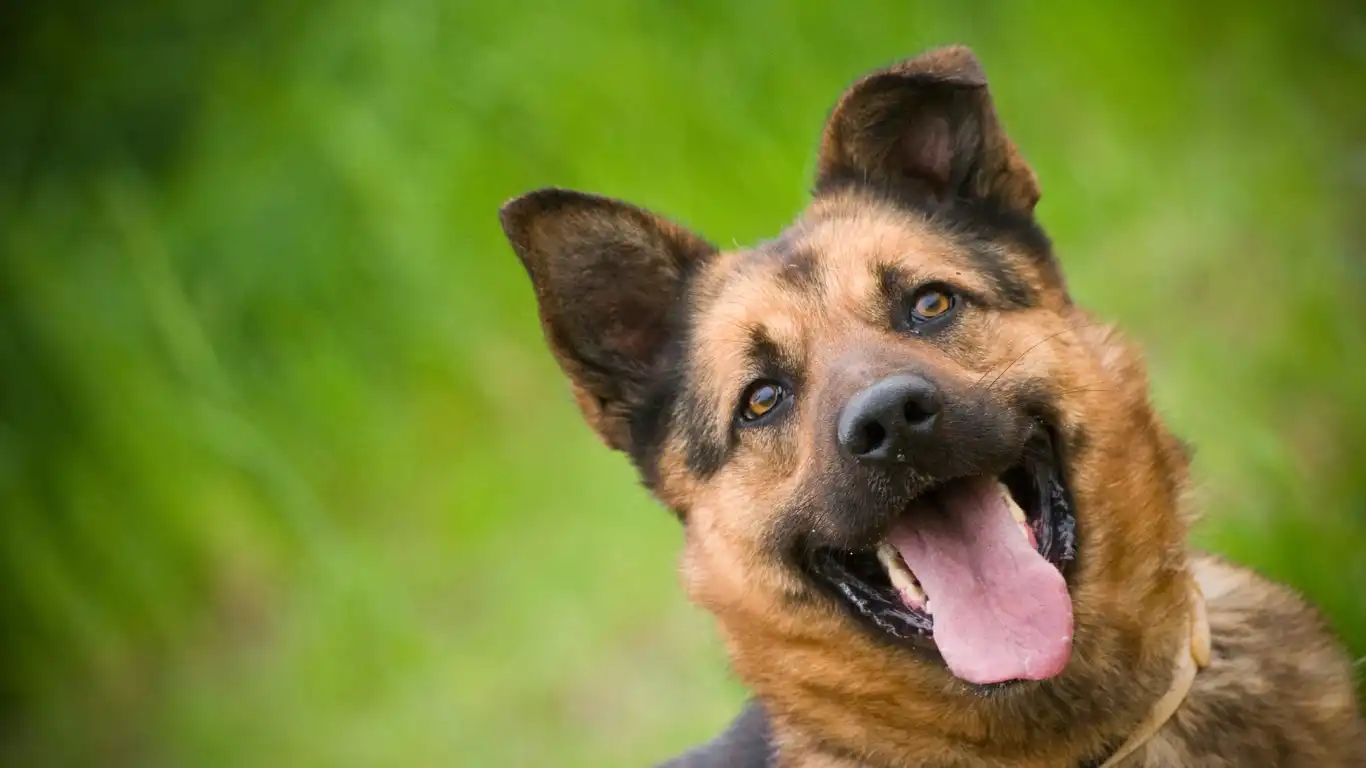
When it comes to calming a hyperactive dog naturally, sometimes a little extra help is needed. That’s where natural calming supplements come in. There are several safe and effective products available that can help relax your dog without the need for prescription medications. These supplements typically contain ingredients that are known for their calming properties, such as valerian root, L-theanine, chamomile, and passionflower.
From my experience, natural supplements are a great alternative for dogs that need an extra boost to help manage stress or anxiety. However, always consult with your vet before introducing any new supplement, as every dog’s needs are different. Here are some popular calming supplements that you might consider:
- Valerian Root: Known for its sedative properties, valerian root is often used in calming products for dogs. It can help alleviate anxiety, reduce hyperactivity, and promote relaxation.
- Chamomile: Chamomile is well-known for its soothing effects. It can be used to calm an anxious or hyperactive dog and even aid in digestion issues that can contribute to stress.
- L-theanine: This amino acid, found in green tea, is often used to promote relaxation without causing drowsiness. It can help your dog feel more calm and focused.
- CBD oil: Derived from hemp, CBD oil has been shown to help reduce anxiety and promote a sense of calm in dogs. It’s often used for dogs with separation anxiety, noise phobia, or general nervousness.
Again, it’s essential to work with your veterinarian to find the right supplement that fits your dog’s specific needs. It’s always better to be cautious and ensure that the supplement you’re considering is safe for your dog, especially if they are on any other medications.
10. Creating a Calm Environment with Pheromone Diffusers
Dogs communicate a lot through their sense of smell. That’s why pheromone diffusers can be an excellent way to calm your hyperactive dog. These products mimic the calming pheromones that mother dogs release to comfort their puppies. When your dog is exposed to these pheromones, they often feel safer and more at ease in their environment.
There are several pheromone products available, such as diffusers, sprays, and collars. I’ve personally used pheromone diffusers in my practice and have seen incredible results with dogs who are anxious or hyperactive. These diffusers work by releasing calming scents into the air that help your dog feel relaxed. Here are some common types:
- Adaptil Diffuser: Adaptil is one of the most popular brands of pheromone diffusers. The diffuser plugs into a wall socket and releases synthetic calming pheromones to reduce anxiety in dogs.
- Pheromone collars: These collars slowly release pheromones that help calm your dog throughout the day. They’re especially useful for dogs that experience separation anxiety or stress when traveling.
- Calming sprays: You can use calming sprays on your dog’s bedding or in their crate to create a peaceful environment. It’s a quick and easy way to provide comfort in stressful situations.
By using pheromone products in conjunction with other calming techniques, you can create an environment that helps your dog feel more at ease, which naturally reduces hyperactivity.
References
For more in-depth information and studies on how to calm a hyperactive dog naturally, I recommend checking out the following resources:
- PawPatron – Your trusted source for pet care advice and tips
- American Kennel Club – Understanding Dog Behavior
- ASPCA – General Dog Care and Tips
Disclaimer
Please note that the information provided in this article is for educational purposes only and should not be considered a substitute for professional veterinary advice. Always consult with your veterinarian before trying new treatments or supplements for your pet. Each dog is unique, and what works for one may not work for another.
